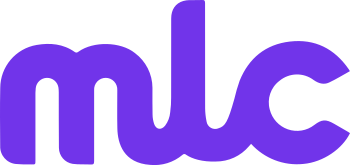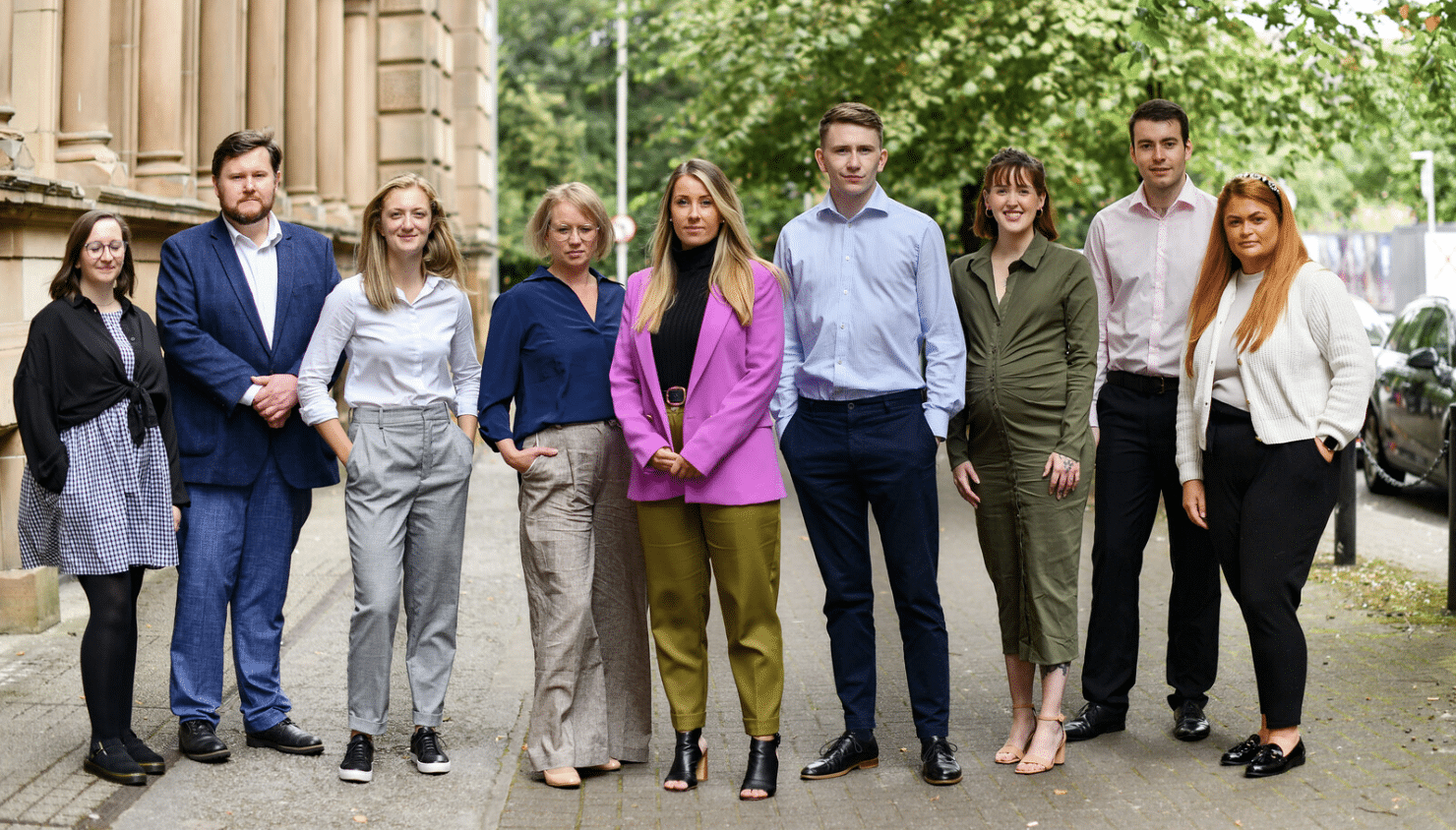What are medical device translation best practices?
In the medical device industry, accurate and effective communication is crucial. Whether it’s user manuals, device labels, or user interfaces, ensuring that every piece of information is clearly understood by the target audience can be a matter of life and death. As medical device manufacturers expand into global markets, the need for precise and reliable translation services becomes even more critical. This article explores best practices for medical device translation, ensuring that your products meet localisation regulations and maintain the highest standards of safety and usability.
Understanding the Importance of Medical Device Translation
Medical device translation is not merely about converting text from one language to another. It involves a deep understanding of the product and therapy area, including regulatory requirements and the specific needs of healthcare professionals and patients. Accurate translations help prevent misunderstandings that could lead to misuse of devices, potentially causing harm.
Key Elements of Effective Medical Device Translation
1. Engage Subject Matter Experts
One of the most important practices for medical device translation is involving subject matter experts (SMEs). These are professionals who have a thorough understanding of medical terminology and the specificities of medical device documents. SMEs can provide insights that ensure translations are not only linguistically accurate but also contextually appropriate
2. Adherence to Local Regulations
Every country or region has its own set of regulations governing medical devices. Local regulations can vary significantly, and failure to comply can result in severe penalties or the inability to market your product in a particular region. Therefore, understanding and adhering to these regulations is paramount. Translators must be familiar with the regulatory requirements of each target market to ensure compliance.
3. Clarity and Precision in User Manuals
User manuals are critical documents that provide instructions on the safe and effective use of medical devices. These documents must be translated with utmost precision to ensure that users, whether they are medical professionals or patients, can understand and follow the instructions correctly. Avoiding ambiguous language and ensuring clarity can prevent misuse and potential harm.
4. Consistency in Terminology
Consistency in terminology is essential across all translated materials. This can be achieved by creating and maintaining a glossary of terms that are specific to the medical device. This glossary should be used throughout the translation process to ensure uniformity and avoid confusion.
The Translation Process
The translation process for medical devices involves several steps, each designed to ensure accuracy and compliance.
1. Project Planning
Before starting the translation, it’s essential to plan the project thoroughly. This involves understanding the scope of work, identifying the target languages and audiences, and gathering all necessary documents and reference materials.
2. Initial Translation
In this phase, translators convert the text into the target language. It’s crucial to use translators who are not only fluent in the target language but also have expertise in the medical field.
3. Review and Editing
After the initial translation, a review by a second translator or editor is essential. This step helps catch any errors or inconsistencies and ensures that the translation meets the required standards.
4. Quality Assurance
Quality assurance (QA) is a critical step in the translation process. This involves a thorough check to ensure that the translation is accurate, complete, and compliant with localisation regulations. QA can include linguistic checks, technical reviews, and validation by subject matter experts.
User Interfaces and Device Labels
User interfaces and device labels require special attention in the translation process. These elements must be intuitive and easily understood to ensure that users can operate the device safely and effectively. Translators must consider the cultural context and usability when translating these components.
Collaboration with Medical Professionals
Collaborating with healthcare professionals during the translation process can provide valuable insights. These professionals use medical devices regularly and can provide feedback on the usability and clarity of the translated materials. Their input can help ensure that the translation meets the needs of the end-users.
Choosing the Right Language Service Provider
Selecting a reliable language service provider (LSP) is critical for successful medical device translation. The right LSP will have a team of experienced translators, subject matter experts, and a robust quality assurance process. They should also be familiar with the medical device regulation in your target markets. My Language Connection is an expert medical device translation agency, we are here to help you get compliant but also take the strain out of localisation, labelling and translation projects.
So what does this all mean ?
Effective medical device translation is essential for ensuring that medical devices can be used safely and effectively by a global audience. By following best practices such as engaging subject matter experts, adhering to local regulations, maintaining consistency in terminology, and involving healthcare professionals, you can ensure that your translations are accurate and reliable. Partnering with a reputable language service provider like My Language Connection Ltd will further enhance the quality and compliance of your translations, helping you succeed in the global medical device market.
In the ever-evolving medical device industry, staying ahead with accurate and compliant translations is not just a best practice – it’s a necessity.

